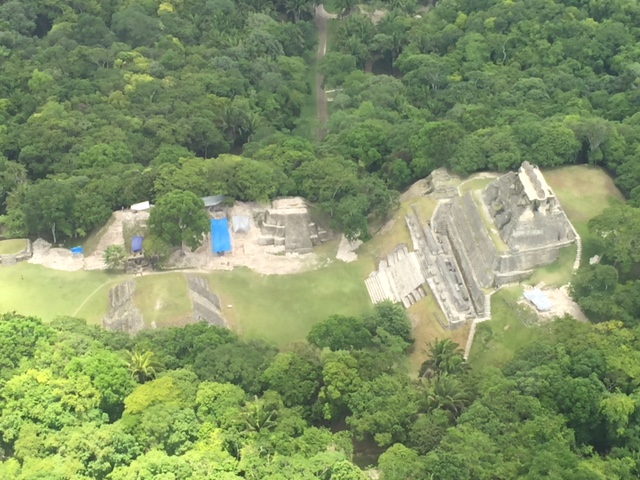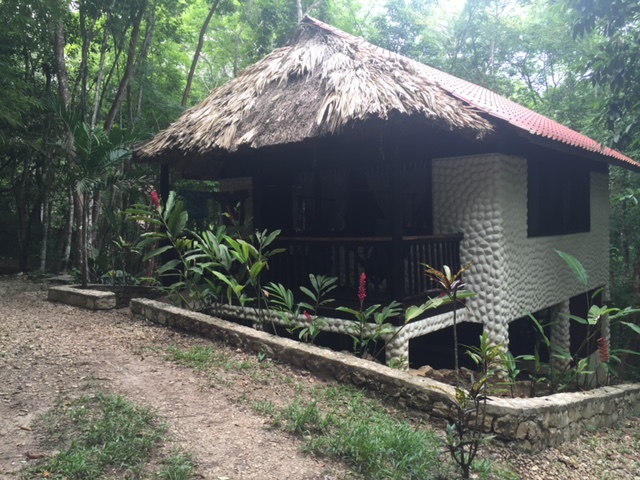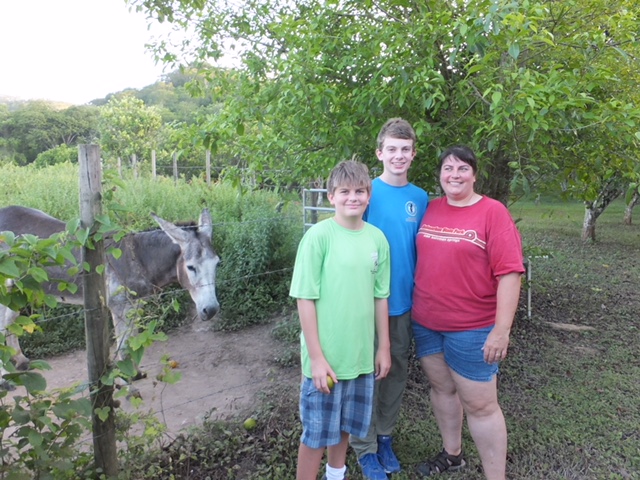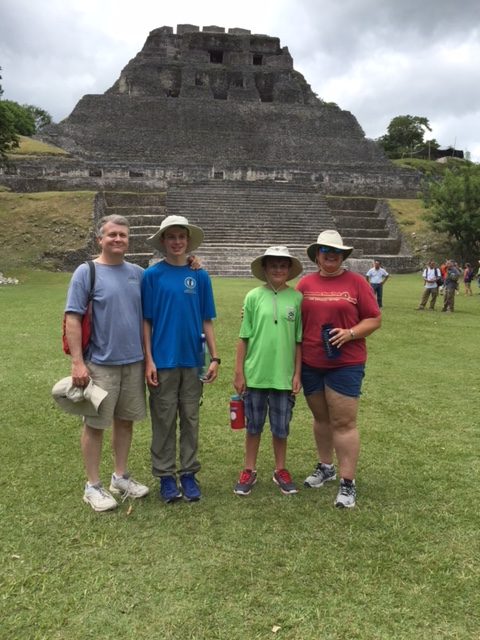
In July of 2015, my family and I decided to take a vacation from our hometown of Houston to the jungles of Belize. After only a ninety-minute plane ride from Houston, we arrived in Belize City. From there we flew in a small puddle-jumper (www.tropicair.com) to a town called San Ignacio, where we took a cab to our eco-friendly resort in the rainforest: The Table Rock Jungle Lodge (www.tablerockbelize.com).
Table Rock Jungle Lodge is committed to preserving and protecting the environment, and makes every effort to reduce, reuse, and recycle their resources. The use of electricity is minimal, and the electricity the Lodge does use is produced on site with solar panels. Most of the available water is recycled rainwater, and it is transported by gravity instead of electric pumps. The Lodge also provides eggs, fruit, and vegetables that are grown on the property. When the Lodge must buy products, it does so from sustainable, eco-friendly sources.
Table Rock offered our family many opportunities that we could have never experienced in Houston. The Lodge was located right next to the chilly Macal River; which we floated down on inner tubes and snorkeled in. When we visited, the Table Rock orchard was growing oranges, star fruit, and coconuts, and had several donkeys on the property. Unfortunately, the donkey I offered an orange segment to thought that my thumb looked tastier, so I was involved in a brief and painful tug-of-war.
The highlight of the entire trip, however, was taking a day trip with the Cayo Adventure Tours to visit the ruins of the ancient city of Xunantunich. Archeologists estimate that Xunantunich was built around 700 AD, but was abandoned around 900 AD. Within the giant complex, there are many structures to explore, most notably El Castillo, a temple and administrative center for the ruling elite. El Castillo is one of the tallest Mayan structures in the country. To the west, you can see miles of rainforest and the border of Guatemala, to the east, forested plains that were once farmed to support the city.
Surrounding the city are numerous residential buildings for the middle and upper classes. There is even a ball court where Mayans used to participate in ceremonial games in which the losers were sacrificed. Throughout the entire complex, there are walls of intricate stone carvings that have cultural and religious significance.
Xunantunich was first explored in the 1890s by Dr Thomas Gann, an amateur archaeologist. While excavating the site, he used explosives to blast open the earth, and destroyed many priceless artifacts in the process. Proper, thorough excavation did not begin at Xunantunich until the University of California entered the scene in 1990, and researchers continue to study and dig up artifacts to reveal the secrets of the Maya to this day.
One fascinating detail that I learned at Xunantunich was that archaeologists have estimated that about 90% of Mayan ruins have still not been excavated. A towering hill covered in vegetation by the side of the road could easily be an undocumented Mayan temple that has yet to be explored. As I stood there at the top of Xunantunich with my family, I realized that there is so much left to be discovered, both in Belize, and in the rest of the world.
Dear Reader: This page may contain affiliate links which may earn a commission if you click through and make a purchase. Our independent journalism is not influenced by any advertiser or commercial initiative unless it is clearly marked as sponsored content. As travel products change, please be sure to reconfirm all details and stay up to date with current events to ensure a safe and successful trip.


